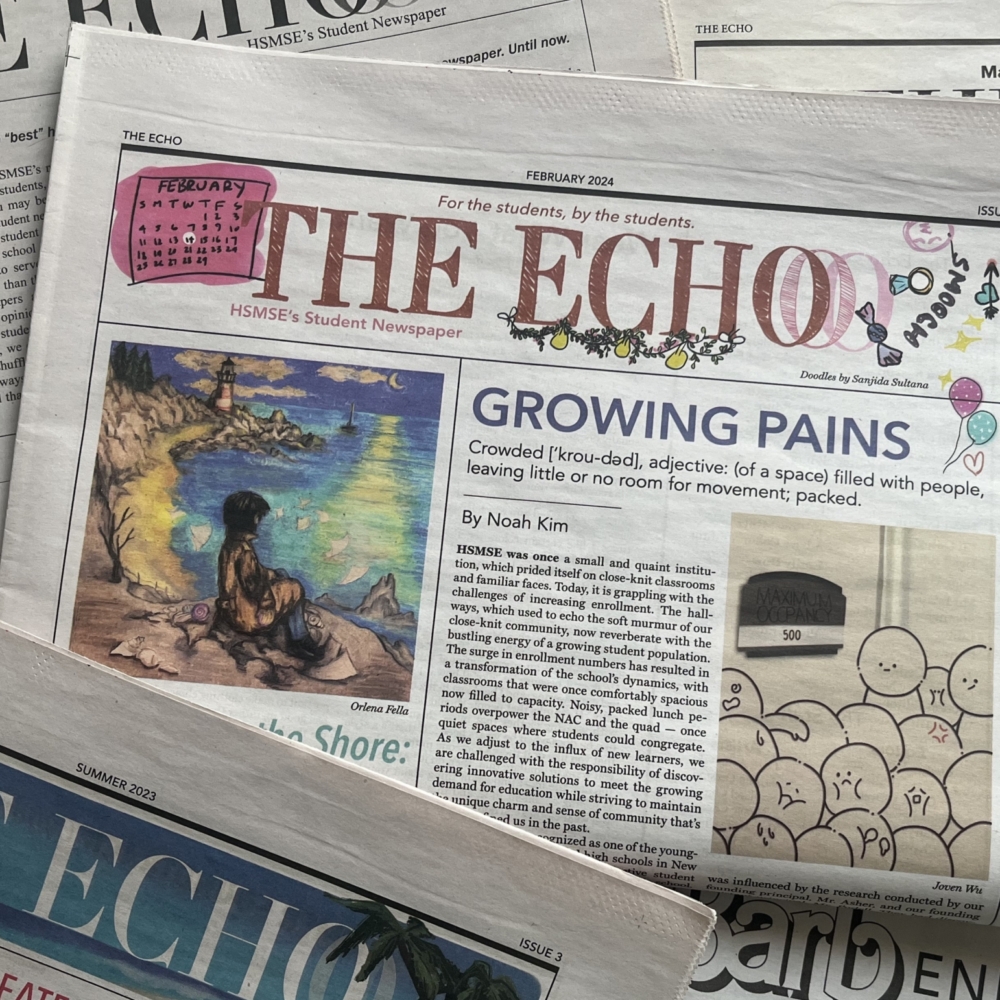The Definitive Guide for News Articles
Table of ContentsThe Greatest Guide To News ArticlesThe Single Strategy To Use For News ArticlesThe smart Trick of News Articles That Nobody is DiscussingNot known Facts About News ArticlesThe Single Strategy To Use For News Articles
Excellent expertise of different topics gives pupils a competitive side over their peers. Despite the fact that digital and social networks are readily easily accessible, we must not forget exactly how important it is to check out the newspapers. Moms and dads need to try and instill the habit of checking out a paper as a daily regimen to continue the tradition of the adored print tool.Information stories also include at the very least one of the adhering to important qualities family member to the desired target market: proximity, prominence, timeliness, human interest, peculiarity, or effect.
Within these restrictions, newspaper article also aim to be extensive. Other elements are involved, some stylistic and some derived from the media form. Among the bigger and more highly regarded newspapers, fairness and balance is a significant variable in offering details. Discourse is normally restricted to a separate section, though each paper may have a various total angle.
Newspapers with a worldwide audience, for instance, tend to make use of a much more formal design of writing. News Articles.; usual style overviews include the and the United States News Design Book.
Not known Details About News Articles
As a policy, journalists will not use a long word when a short one will do. News writers try to avoid using the same word more than once in a paragraph (sometimes called an "echo" or "word mirror").
Headings occasionally leave out the subject (e.g., "Jumps From Watercraft, Catches in Wheel") or verb (e.g., "Pet cat lady lucky"). A subhead (also subhed, sub-headline, subheading, caption, deck or dek) can be either a subservient title under the major heading, or the heading of a subsection of the short article. It is a heading that precedes the major message, or a group of paragraphs of the main message.

of a write-up topic, source, or interviewee), it is described as a drawn quote or pull quote. Additional billboards of any of these types may appear later in the post (specifically on succeeding web pages) to tempt more analysis. Journalistic internet sites sometimes use animation techniques to switch one signboard for one more (e.g.
7 Easy Facts About News Articles Described
Such billboards are also utilized as tips to the article in various other areas of the publication or website, or as promotions for the piece in other magazine or sites. News release of the Swiss federal government. Common structure with title, lead paragraph (recap in strong), other paragraphs (information) and get in touch with information.

Example of a hard-lead paragraph NASA is proposing one more room job. The firm's budget plan request, have a peek here announced today, consisted of a plan to send another goal to the Moon. This time the agency intends to establish a long-lasting center as a jumping-off factor for other area experiences. The budget requests about $10 billion for the task.
The NASA statement came as the agency asked for $10 billion of appropriations for the job. An "off-lead" is the second crucial front web page news of the day. The off-lead shows up either in the top left corner, or straight below the lead on the. To "hide the lead" is to begin the article with history info or details of second significance to the readers, compeling them to find out more deeply into a short article than they must have to in order to uncover the necessary points.
Examine This Report on News Articles
Common use is that one or 2 sentences each form their very own paragraph. Journalists typically describe the company or framework of an information tale as an inverted pyramid. The necessary and most fascinating elements of a story are placed at the beginning, with sustaining information complying with in order of reducing value.
It allows people to discover a subject to just the deepness that their interest takes them, and without check that the imposition of information or subtleties that they could consider irrelevant, however still making that info available to extra interested readers. The inverted pyramid framework likewise allows articles to be cut to any type of arbitrary size during design, to fit in the space offered.
Some authors start their tales with the "1-2-3 visit this site lead", yet there are many sort of lead available. This format invariably starts with a "Five Ws" opening up paragraph (as described above), complied with by an indirect quote that offers to support a significant element of the first paragraph, and after that a direct quote to support the indirect quote. [] A kicker can refer to numerous points: The last story in the information program; a "satisfied" tale to finish the program.
Longer write-ups, such as publication cover posts and the pieces that lead the inside sections of a newspaper, are referred to as. Attribute stories vary from straight news in a number of methods. Foremost is the lack of a straight-news lead, the majority of the moment. Rather of supplying the essence of a story in advance, feature authors may attempt to tempt readers in.
The Only Guide for News Articles
A feature's very first paragraphs typically relate an interesting minute or occasion, as in an "anecdotal lead". From the particulars of a person or episode, its sight rapidly expands to generalities concerning the tale's topic.

The Editor's Toolbox: A Recommendation Overview for Beginners and Professionals (2001) Allan M. Siegal and William G. Connolly. The New York City Times Guidebook of Design and Use: The Authorities Style Overview Utilized by the Writers and Editors of the Globe's Most Authoritative Paper (2002) M. L. Stein, Susan Paterno, and R.